
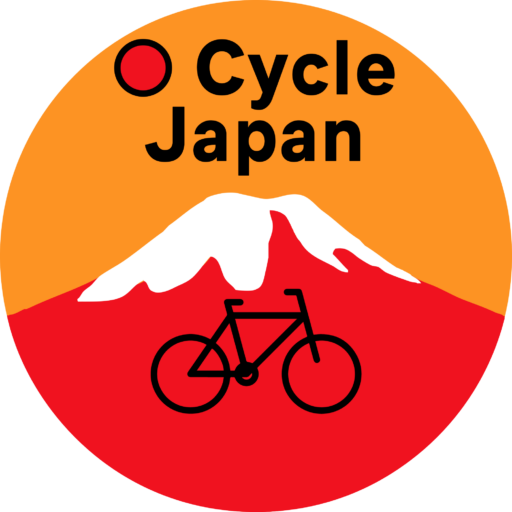
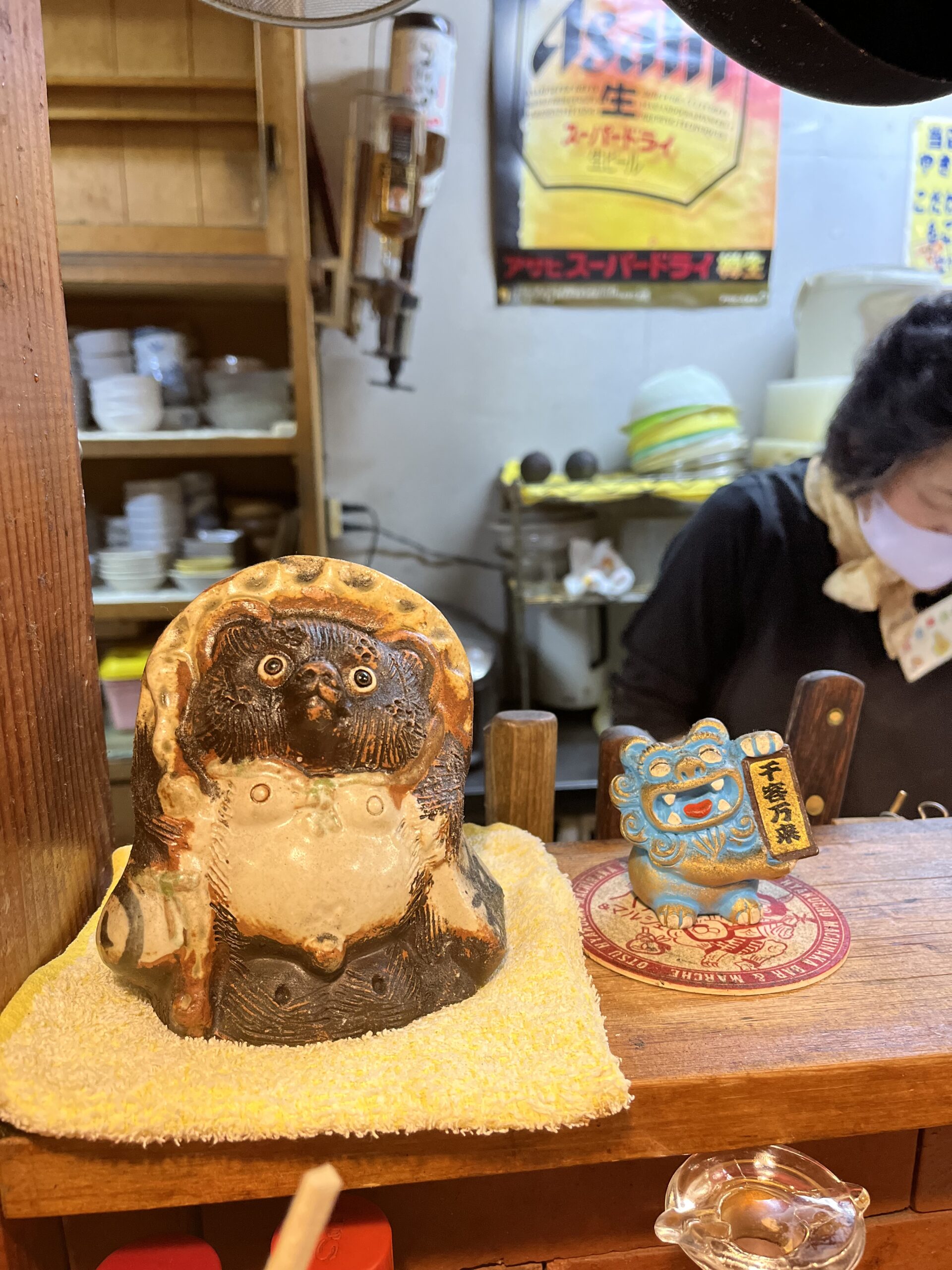
Things To Know
Biking Etiquette 🚲
Bike Etiquette in Japan is an essential aspect to consider while embarking on your self-guided bike tour. Familiarizing yourself with local customs ensures a safe and respectful experience. One key distinction is that Japan follows a “left side of the road” driving pattern, so remember to keep to the left at all times. Another difference is that the roads are narrower than the roads you see in North America, even though the cars are also smaller please keep the difference in road sizes in mind. Additionally, make use of designated bike lanes whenever available and always yield to pedestrians. Adhering to these guidelines showcases your respect for local norms and contributes to a harmonious biking adventure through the captivating landscapes of Japan.
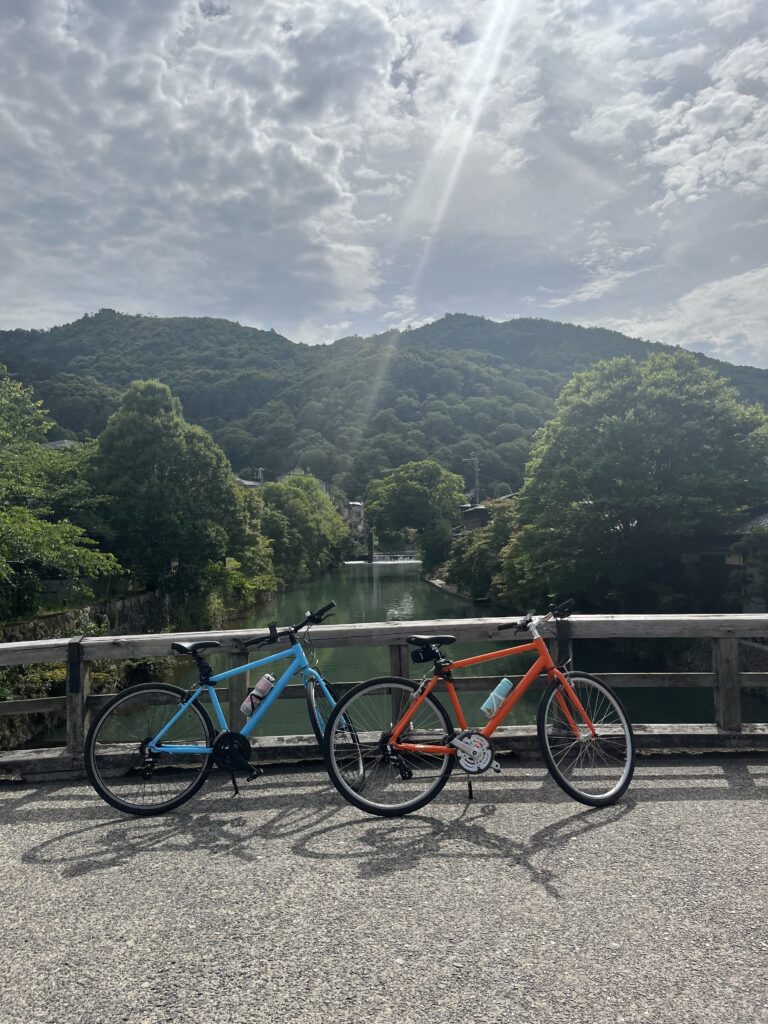
Cash Usage and Tipping 💴
Understanding cash usage and tipping customs is pivotal for a seamless journey during your self-guided bike tour in Japan. While credit cards are widely accepted in urban areas, it’s advisable to carry a reasonable amount of cash, particularly when venturing into more rural regions where cash might be the preferred mode of payment. Keep in mind that tipping is not customary in Japan and can sometimes even be perceived as impolite. Excellent service is already included in the price, so there’s no need to leave gratuities at restaurants, hotels, bike shops or other establishments. Embracing this cultural aspect allows you to engage authentically with the local way of life and ensures your interactions are grounded in respect and appreciation for Japanese traditions.
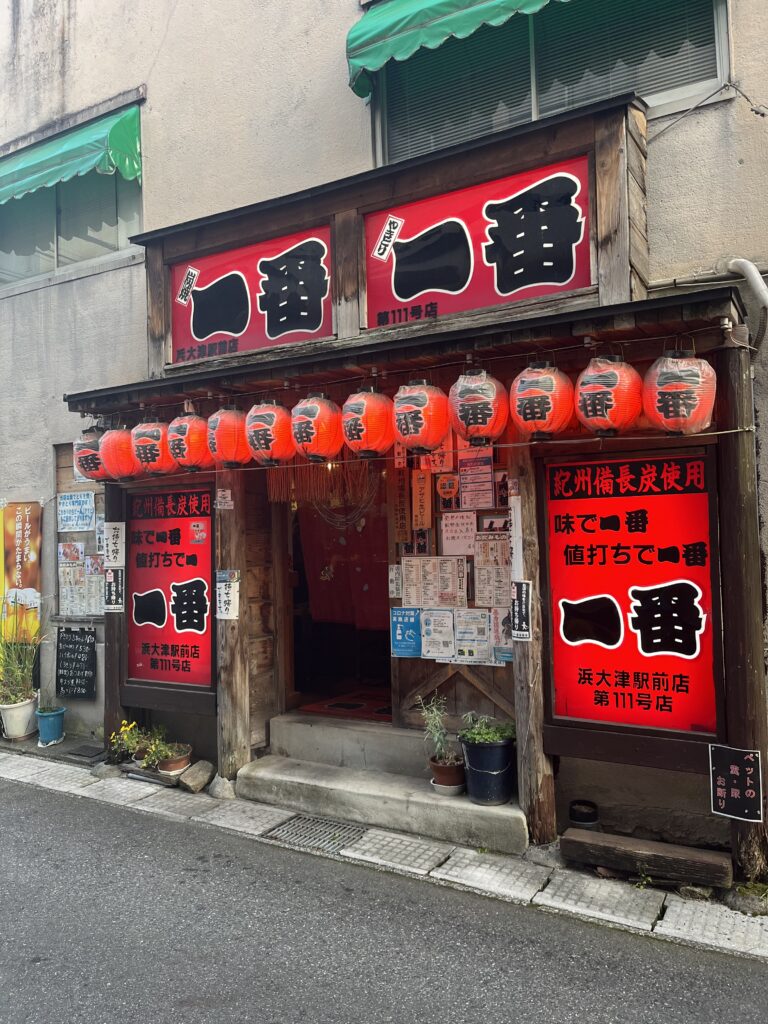
Garbage Disposal 🗑️
Proper garbage disposal is a fundamental aspect of respecting Japan’s environment and culture during your bike tour. Japan follows a meticulous waste separation system, which involves categorizing trash into different types, such as burnable, non-burnable, and recyclables. It’s important to adhere to these guidelines and sort your waste accordingly. Keep an eye out for labeled bins or receptacles along your route to ensure you dispose of your garbage in the appropriate manner. You may also notice that there are very few to no garbage bins in the cities or on the streets to throw your trash into. This is done on purpose and removes the idea that trash belongs in the street, even though it is being disposed of in a bin. To avoid littering, carry garbage with you in a backpack or bike bag to dispose of it later at your hotel.
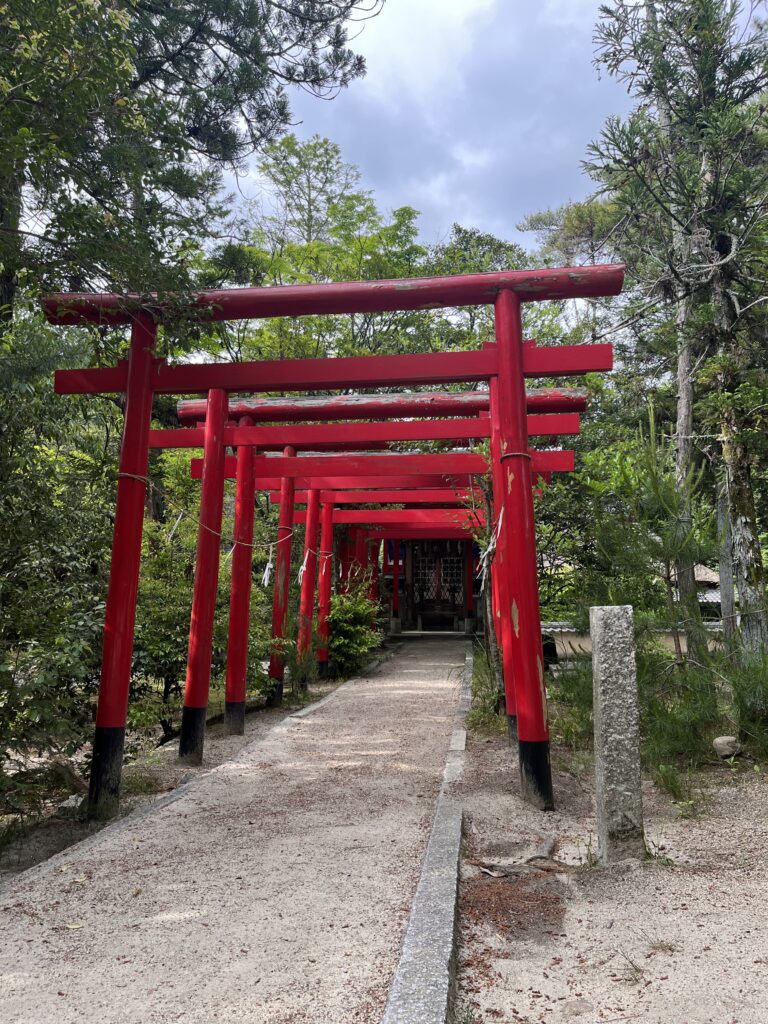
Language 🈁
While English is taught in schools and commonly used in tourist areas, having a basic understanding of Japanese phrases can greatly enhance your experience. Simple greetings, expressions of gratitude, and asking for directions can go a long way in fostering positive interactions with locals and immersing yourself in the culture. Utilizing translation apps can also be a valuable tool for bridging any language gaps you might encounter. Making sure that these translation apps also work offline could be useful if internet is sparse.
You will be provided with ‘cheat sheet’ with basic words displayed in Japanese characters, known as Kanji, to assist you when determining the washroom or spa for men or women.
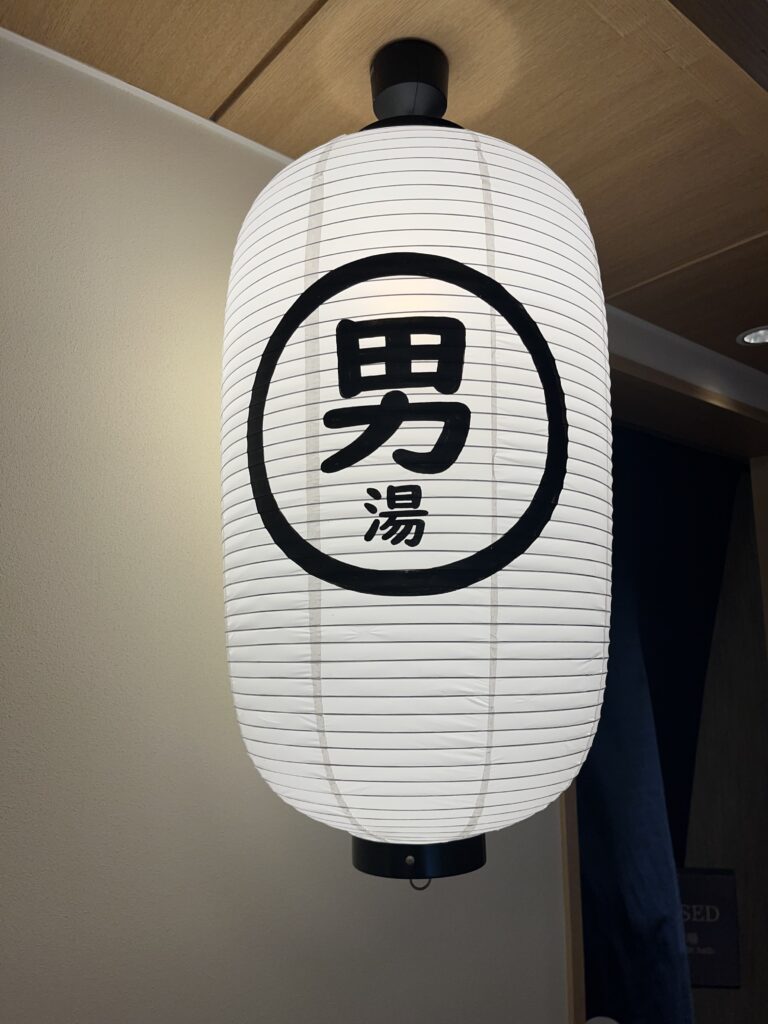
Meals & Restaurants 🍡
Engaging with Japanese dining customs, particularly chopstick etiquette, enhances your culinary experience. As you indulge in the myriad flavors of sushi, ramen, and other local delicacies, remember to refrain from sticking chopsticks upright in your food, as this resembles a funeral ritual. When sharing dishes, it’s polite to use the opposite end of your chopsticks for serving, keeping the end you eat with untouched. Also, be mindful not to pass food directly from chopsticks to chopsticks, as this also mirrors a ritual done during funerals. These simple gestures of respect demonstrate your appreciation for Japanese culture.

Shrines and Temples 🏯
Every temple is different. It is important to know that what was customary in one place may not transfer to another. Be aware of your surroundings and observe what others are doing in these places. These sacred sites are revered for their historical and cultural significance, and observing proper etiquette while visiting them is essential. Upon entering, it’s customary to bow slightly as a sign of respect. Please secure your bike near the entrance and refrain from biking within temple grounds. At some shrines and temples, you might find water basins for purification; use the ladle provided to wash your hands and rinse your mouth before approaching the main hall. Remember to be mindful of your noise level and attire, opting for modest clothing that covers your shoulders and knees. Finally, consider making a small offering, often in the form of a coin, at the altar to show your appreciation and contribute to the upkeep of these revered places. By embracing these practices, you not only immerse yourself in Japan’s spiritual traditions but also demonstrate your reverence for the cultural treasures you encounter on your journey.
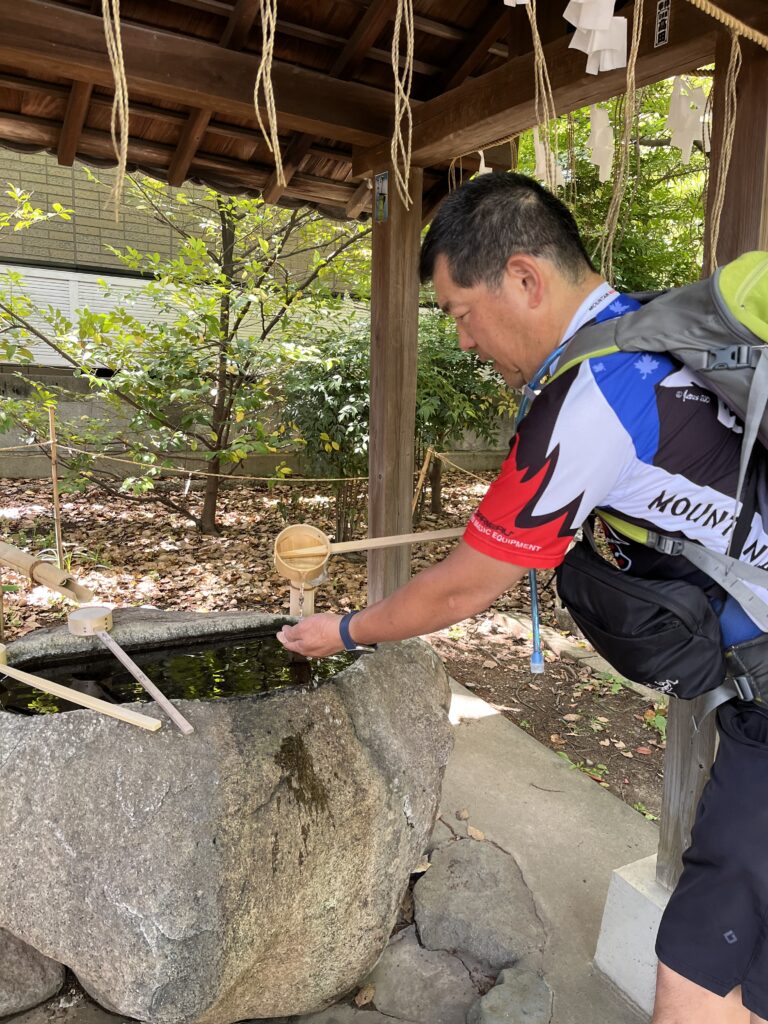
Toilets 🚽
Japanese toilets often come equipped with advanced features, such as bidet functions, so take a moment to familiarize yourself with their use. Additionally, be mindful of maintaining cleanliness by properly disposing of toilet paper in the provided receptacles. When using public restrooms, consider carrying a small pack of tissue as some facilities might not provide it. It’s also important to remove your shoes before entering restrooms in traditional establishments or private homes, to maintain hygiene standards. In addition, in rural areas there may not be western style toilets and instead use the more traditional “Squat Toilet” is used.
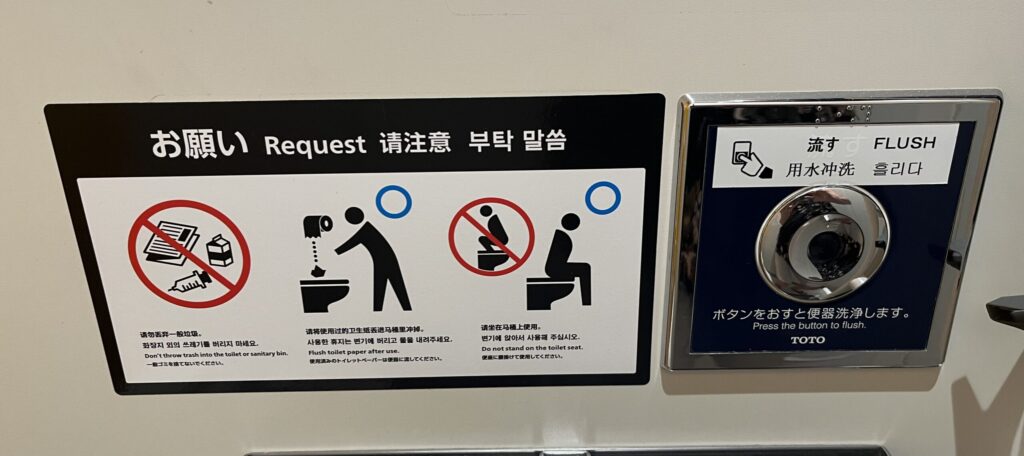
Want to learn more?
Interested in learning more about Japanese Culture? Watch this video by Samurai Matcha, where a local Japanese school teacher discusses the 12 things he appreciates about living in Japan.
